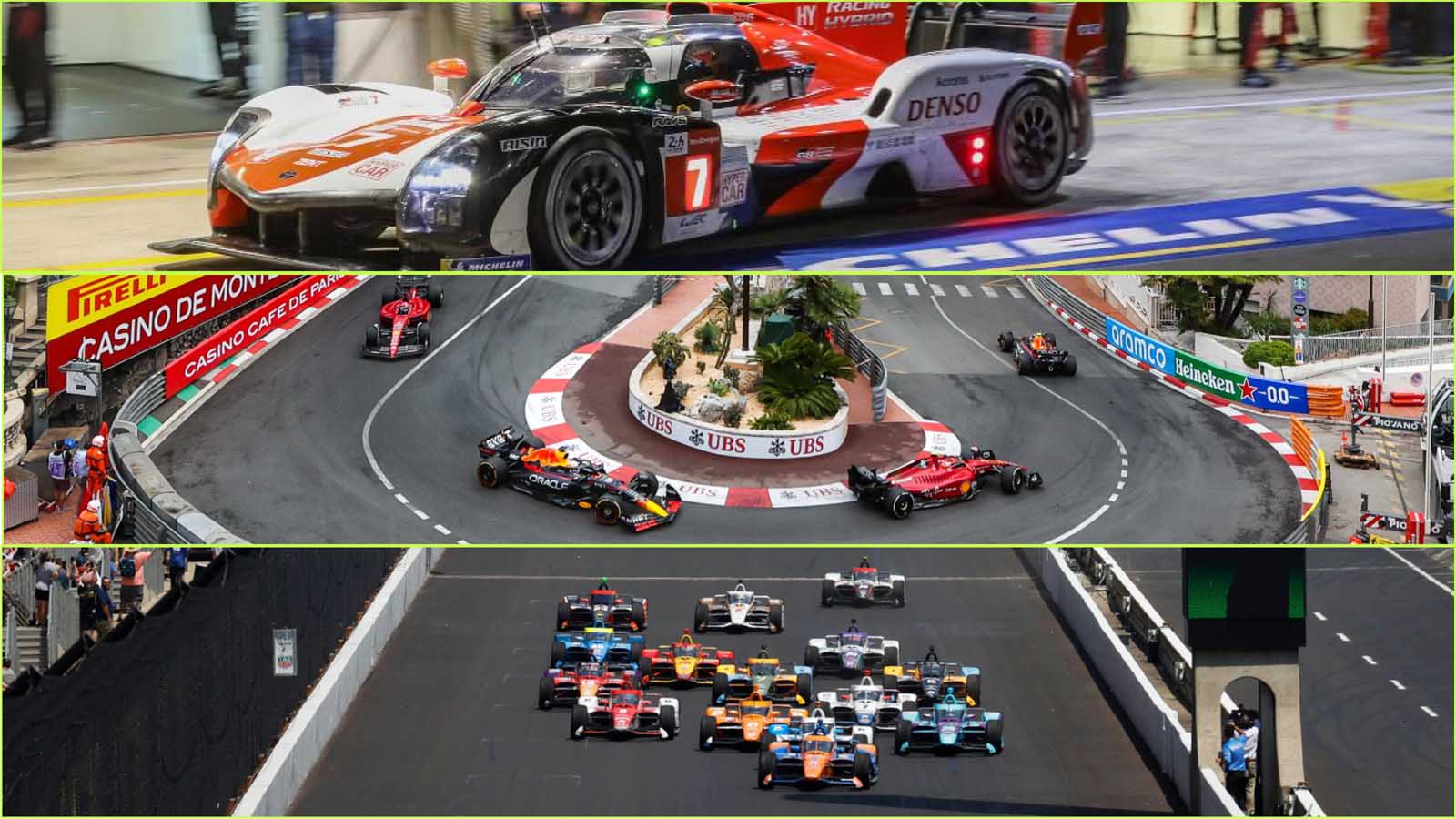Motorsport Engines: The Quest for Speed
Explore the evolution of motorsport engines and how innovation drives the relentless pursuit of speed on the racetrack.

The Heart of the Beast: Engine Fundamentals
At the core of every motorsport vehicle lies its engine, often referred to as the heart of the beast. These engines are marvels of engineering, designed with one singular goal in mind: speed. Unlike conventional car engines, motorsport engines prioritize power and performance over longevity and fuel efficiency. This means they are often more complex, employing advanced technologies such as turbocharging, direct fuel injection, and variable valve timing. The pursuit of speed pushes engineers to explore the limits of materials and design, resulting in engines that are not only powerful but also lightweight and compact. The intricacies of these engines are a testament to human ingenuity, showcasing how precision engineering can achieve remarkable feats in the quest for speed.
Materials and Design: Building for Performance
The construction of a motorsport engine involves the meticulous selection of materials and design techniques that prioritize performance and reliability. High-performance engines often utilize lightweight materials like aluminum and titanium to reduce weight without sacrificing strength. These materials are crucial in achieving a high power-to-weight ratio, a key factor in enhancing vehicle speed. Additionally, the design of the engine's components, such as pistons, crankshafts, and camshafts, is optimized for maximum efficiency and power output. Engineers must balance the need for durability with the demands of extreme conditions, often employing cutting-edge technologies like computer-aided design (CAD) and finite element analysis (FEA) to refine and test their creations. This meticulous attention to detail ensures that motorsport engines can withstand the rigors of racing while delivering exceptional performance.
The Role of Aerodynamics: Enhancing Speed
While the engine is the powerhouse, aerodynamics plays a crucial role in maximizing a vehicle's speed on the racetrack. Engineers work tirelessly to reduce drag and increase downforce, ensuring that the vehicle remains stable and fast at high speeds. This involves designing the body of the car to be as sleek and streamlined as possible, minimizing resistance from the air. Advanced computational fluid dynamics (CFD) software allows engineers to simulate and analyze airflow over the vehicle, making adjustments to improve performance. Features like spoilers, diffusers, and winglets are strategically placed to manipulate airflow, enhancing the car's grip on the track. By combining engine power with aerodynamic efficiency, motorsport teams can achieve remarkable speeds that push the boundaries of what's possible.
Fuel and Lubrication: The Lifeblood of Engines
Fuel and lubrication are critical to the operation and performance of motorsport engines. High-octane racing fuels are specially formulated to deliver maximum energy output, providing the engine with the power it needs to achieve top speeds. These fuels burn cleaner and more efficiently than regular gasoline, reducing the risk of engine knocking and improving overall performance. In addition to fuel, lubrication is essential for minimizing friction and wear on engine components. High-performance lubricants are designed to withstand extreme temperatures and pressures, ensuring that the engine operates smoothly and reliably. Together, fuel and lubrication form the lifeblood of motorsport engines, enabling them to perform at their peak under the most demanding conditions.
The Evolution of Technology: From Carburetors to Electronic Systems
The evolution of engine technology in motorsports has been a journey from simple carburetors to sophisticated electronic systems. Early engines relied on mechanical components to control fuel and air intake, limiting their efficiency and performance. However, advances in technology have led to the development of electronic fuel injection (EFI) systems, which allow for precise control of fuel delivery. Modern engines are equipped with advanced sensors and computer systems that monitor and adjust various parameters in real-time, optimizing performance and efficiency. This technological evolution has not only increased engine power but also improved reliability and responsiveness, giving drivers the edge they need to compete at the highest levels of motorsport.
The Human Element: Driver and Engineer Synergy
While cutting-edge engines are crucial, the synergy between drivers and engineers plays an equally important role in achieving success on the track. Drivers rely on their intimate understanding of the vehicle's capabilities to push it to its limits, while engineers provide the technical expertise needed to fine-tune the engine for optimal performance. This collaboration involves constant communication and feedback, with drivers conveying their experiences on the track and engineers making the necessary adjustments to the engine setup. Together, they form a dynamic team that works tirelessly to unlock the full potential of the motorsport engine, ensuring that every component functions harmoniously in the pursuit of speed.
The Future of Motorsport Engines: Innovation and Sustainability
The future of motorsport engines lies in the balance between innovation and sustainability. As environmental concerns grow, the motorsport industry is increasingly focusing on developing engines that deliver high performance while minimizing their environmental impact. Hybrid and electric technologies are becoming more prevalent, offering new possibilities for achieving speed without relying solely on traditional combustion engines. Engineers are exploring alternative fuels and energy recovery systems, aiming to create engines that are both powerful and eco-friendly. This shift towards sustainability presents exciting challenges and opportunities for innovation, as the quest for speed continues to evolve in harmony with the planet's needs.